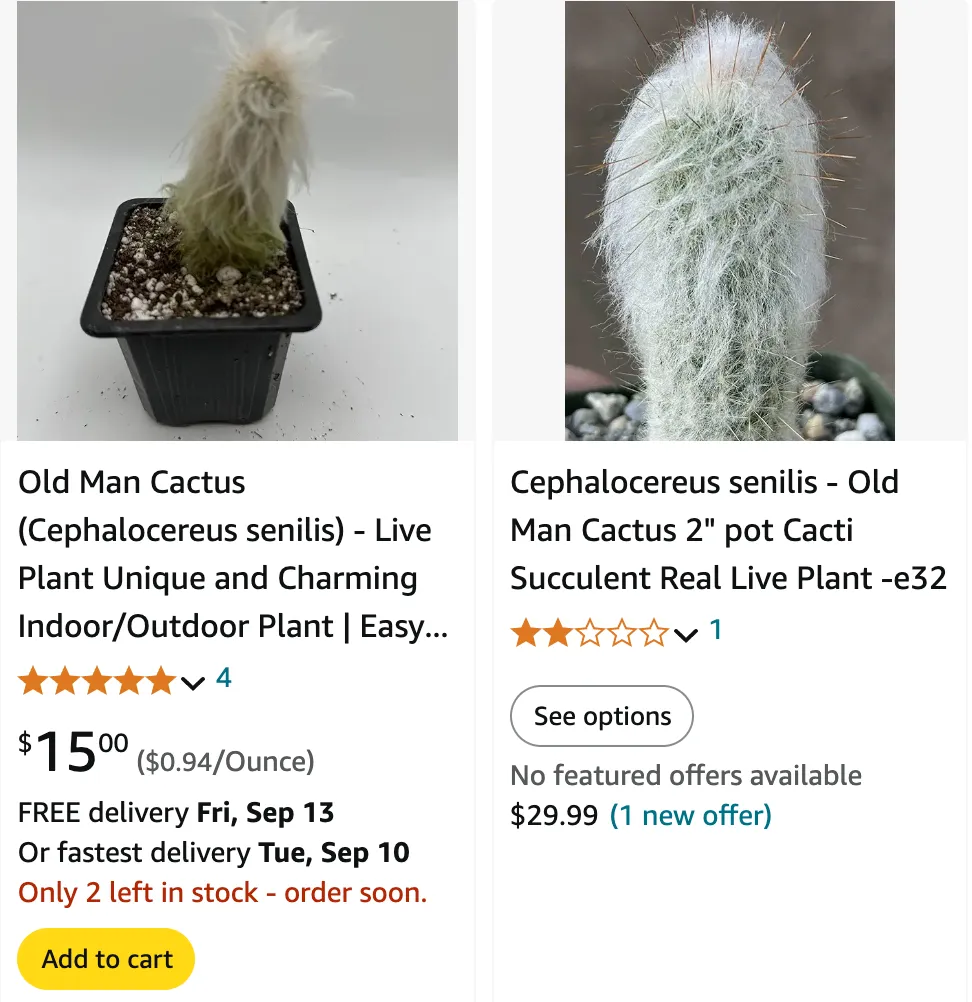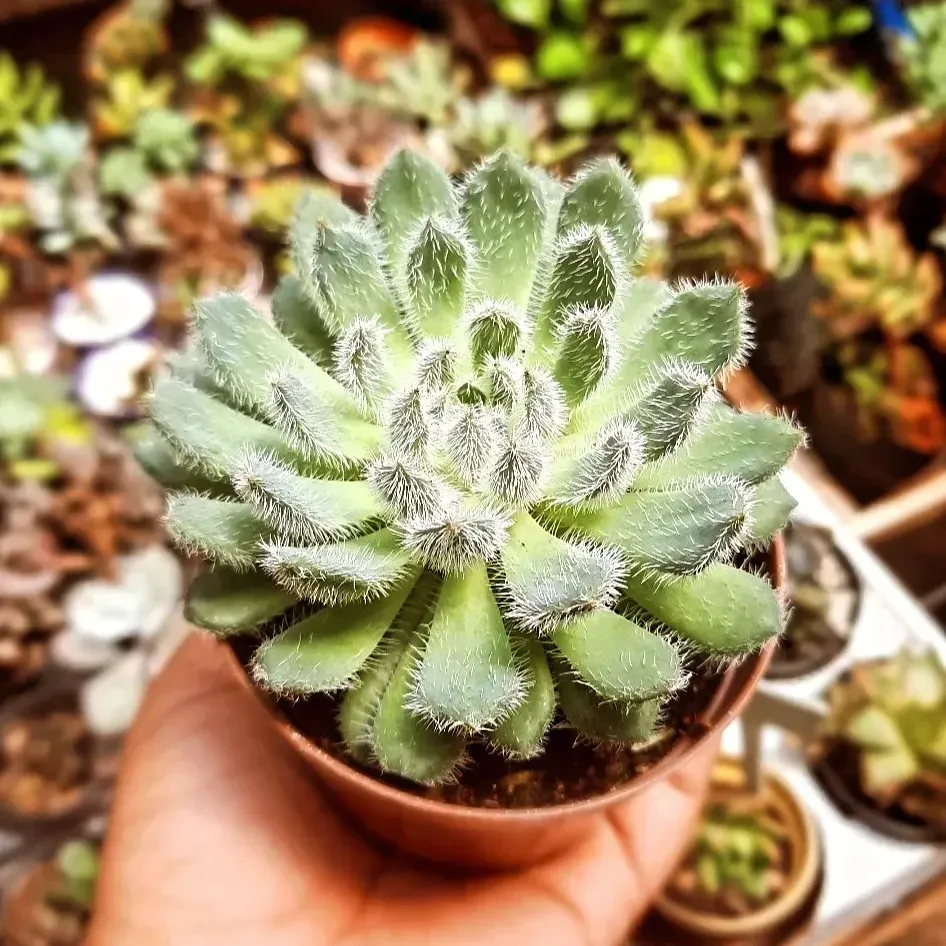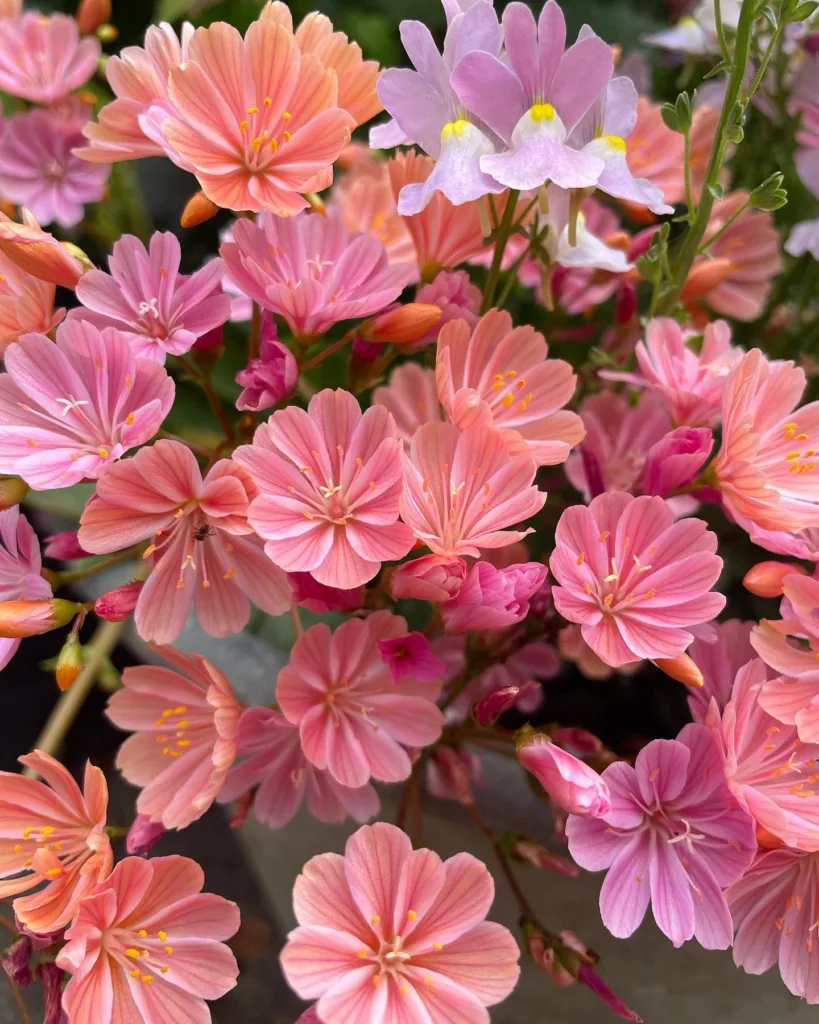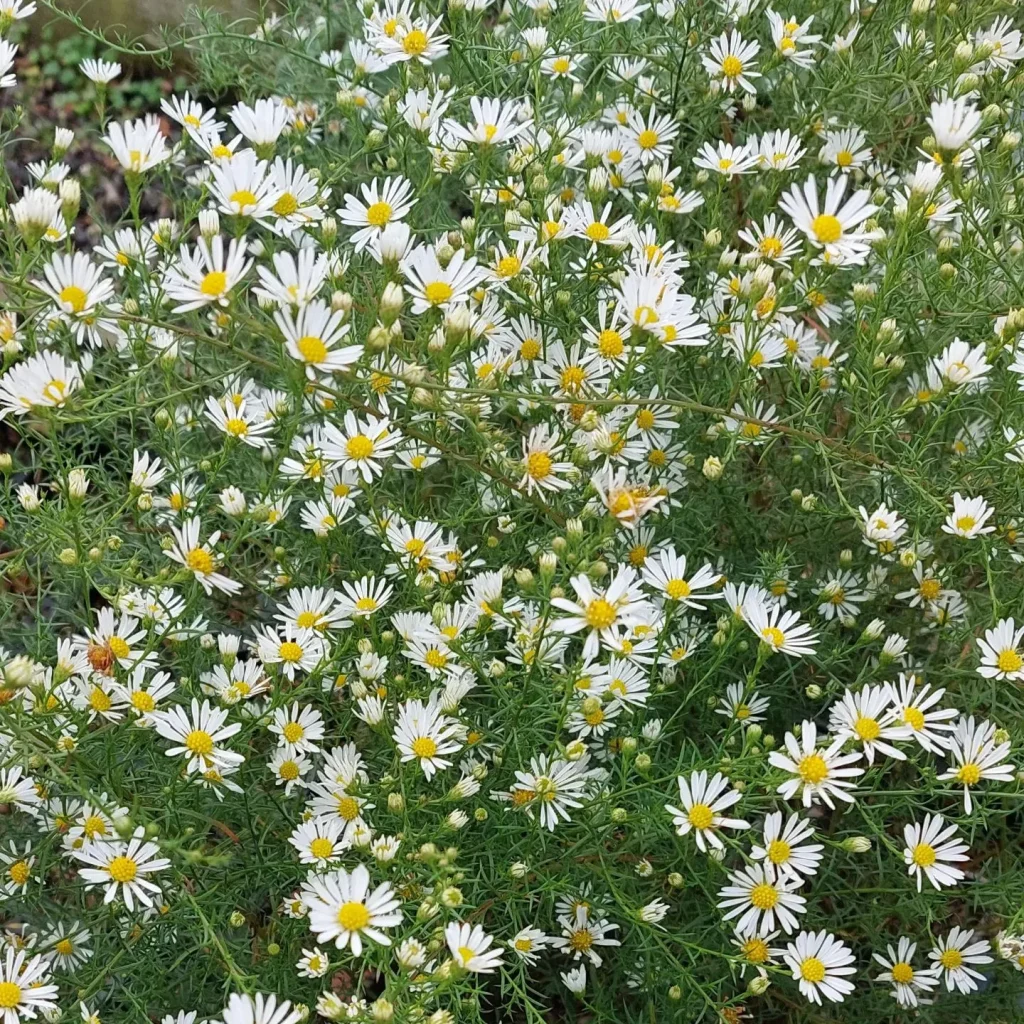
FAQs About Cephalocereus Senilis
As someone deeply passionate about succulents and cacti, I’ve had my share of experiences with the Cephalocereus Senilis, often known as the “Old Man Cactus” due to its distinctive white, hairy spines. If you’re considering adding this unique plant to your collection or simply want to know more, you’ve come to the right place. Here are some frequently asked questions about Cephalocereus Senilis that I’ve encountered.
What is Cephalocereus Senilis?
Cephalocereus Senilis is a striking cactus belong to the Cactaceae family, native to Mexico. It is known for its tall, columnar shape and its long, white, woolly spines that resemble the hair of an old man. This cactus can grow up to 15 feet in height in its natural habitat, but it generally stays much smaller when grown indoors or in pots. The unique appearance of the Cephalocereus Senilis makes it a popular choice for cactus enthusiasts looking to add something unusual to their collection.
Plant Family: 161 Genera in Cactaceae
How to Care for Cephalocereus Senilis?
Caring for Cephalocereus Senilis is relatively straightforward, but it does require some specific considerations. It thrives in bright, indirect light and prefers a well-draining soil mix. I recommend using a cactus mix or adding sand and perlite to your regular potting soil. Watering should be done sparingly, allowing the soil to dry out completely between waterings. Overwatering is a common issue with cacti and can lead to root rot, so it’s better to err on the side of caution.
Can You Grow Cephalocereus Senilis Indoors?
Yes, Cephalocereus Senilis can be grown indoors, provided it receives sufficient light. Place it in a south-facing window or under a grow light if natural light is insufficient. The dry indoor air is actually beneficial for this cactus, but ensure it is not exposed to drafts or sudden temperature changes.
How to Propagate Cephalocereus Senilis?
Propagation of Cephalocereus Senilis is generally done through offsets or seeds. Offsets are small cactus pups that grow at the base of the parent plant. Gently remove these pups and allow them to dry for a few days before planting them in a fresh cactus mix. If you’re propagating from seeds, plant them in a well-draining mix and keep them in a warm, bright location. Patience is key as germination can take several weeks.
What to Plant With Cephalocereus Senilis?
Cephalocereus Senilis pairs well with other succulents and cacti that have similar care requirements. Consider planting it alongside species like Echinocactus Grusonii (Golden Barrel Cactus), Opuntia (Prickly Pear), or other columnar cacti. Their contrasting shapes and textures can create an interesting display. Just be sure that all the plants in the arrangement have similar needs in terms of light and watering.
Is Cephalocereus Senilis Toxic?
No, Cephalocereus Senilis is not toxic to humans or pets. However, its spines can cause irritation if they come into contact with skin. It’s best to handle this cactus with care and use tongs or wear gloves if you need to move it.
Can I Brush Cephalocereus Senilis?
Brushing Cephalocereus Senilis is generally not recommended. The plant’s spines are delicate and can be easily damaged. Additionally, brushing can cause the spines to become dislodged, which might affect the cactus’s appearance and health. If you need to clean dust from the plant, use a soft brush or a gentle blast of air from a canister.
Do Cephalocereus Senilis Hurt?
The spines of Cephalocereus Senilis are not particularly sharp, but they can cause minor irritation if they come into contact with your skin. While not painful, the irritation might be uncomfortable. It’s wise to handle this cactus carefully to avoid any potential discomfort.
Cephalocereus Senilis vs Espostoa Lanata
Cephalocereus Senilis and Espostoa Lanata are often confused due to their similar woolly appearance. Both cacti have long, white spines, but there are some differences. Cephalocereus Senilis tends to grow taller and has a more columnar shape, whereas Espostoa Lanata is usually shorter and has a more rounded form. The wool on Espostoa Lanata is also denser and softer compared to the longer, more sparse wool of Cephalocereus Senilis.
Common Problems with Cephalocereus Senilis
One common issue with Cephalocereus Senilis is root rot, often caused by overwatering. Ensure the plant is in a well-draining soil mix and avoid watering too frequently. Another issue can be sunburn, especially if the plant is suddenly exposed to direct sunlight after being in low light conditions. Gradually acclimate the plant to new lighting conditions to prevent damage.
In conclusion, Cephalocereus Senilis is a fascinating cactus with a unique appearance that can make a great addition to any plant collection. With proper care and attention, it can thrive and be a striking focal point in your indoor or outdoor garden. If you have any more questions or need further advice on caring for this plant, feel free to reach out!
If i die, water my plants!



